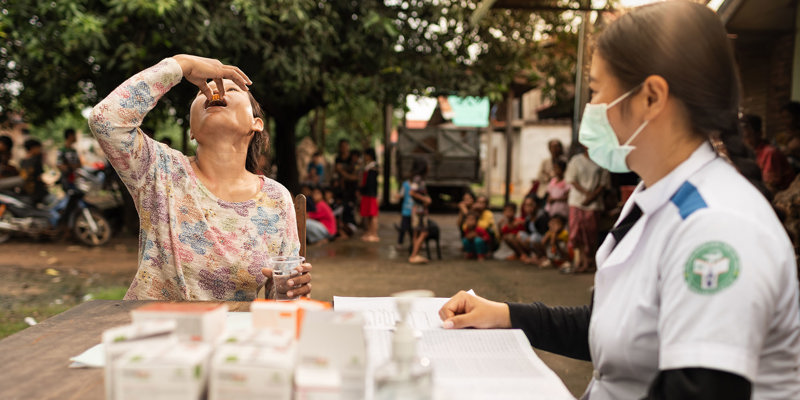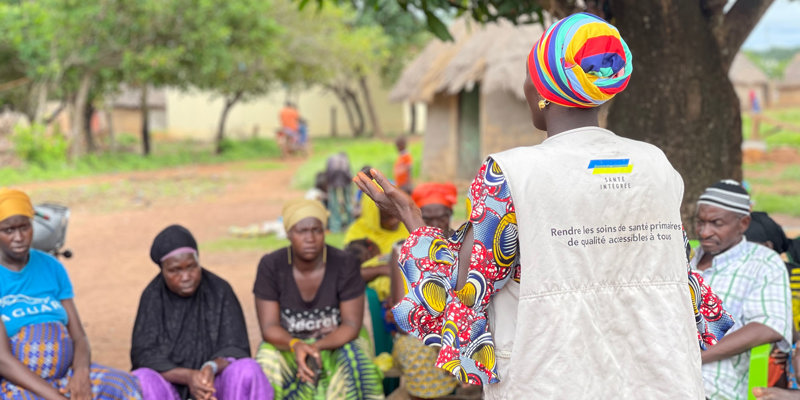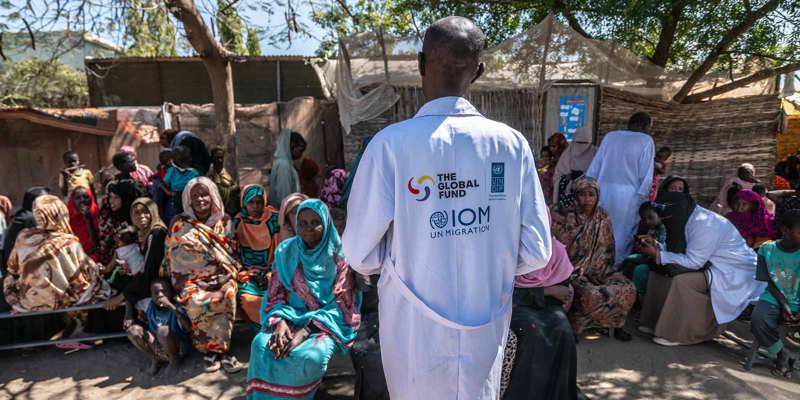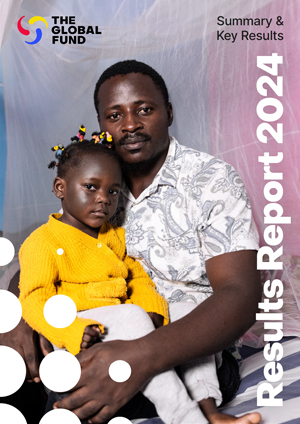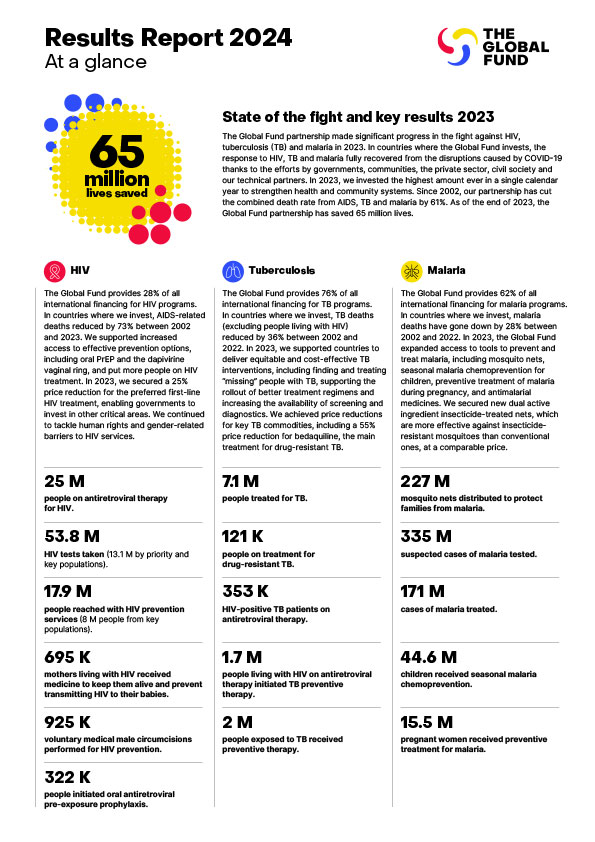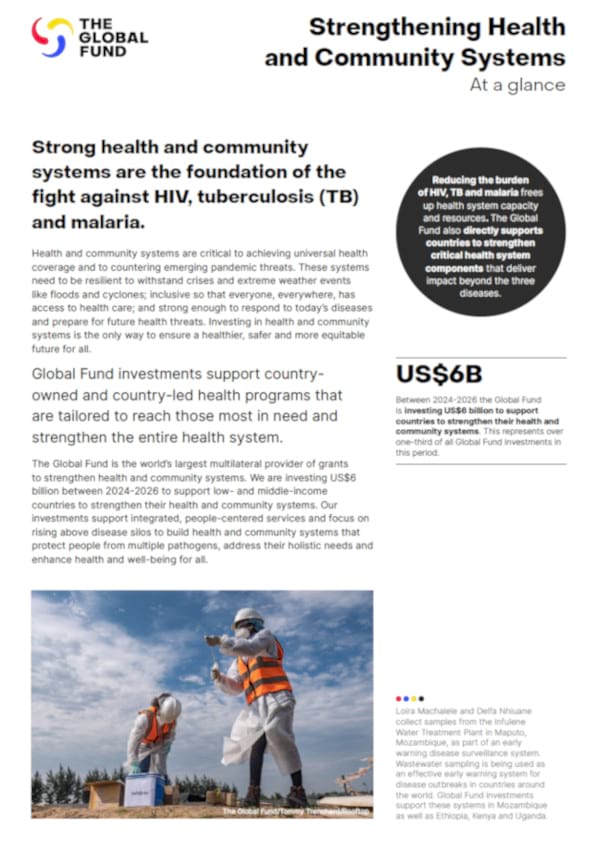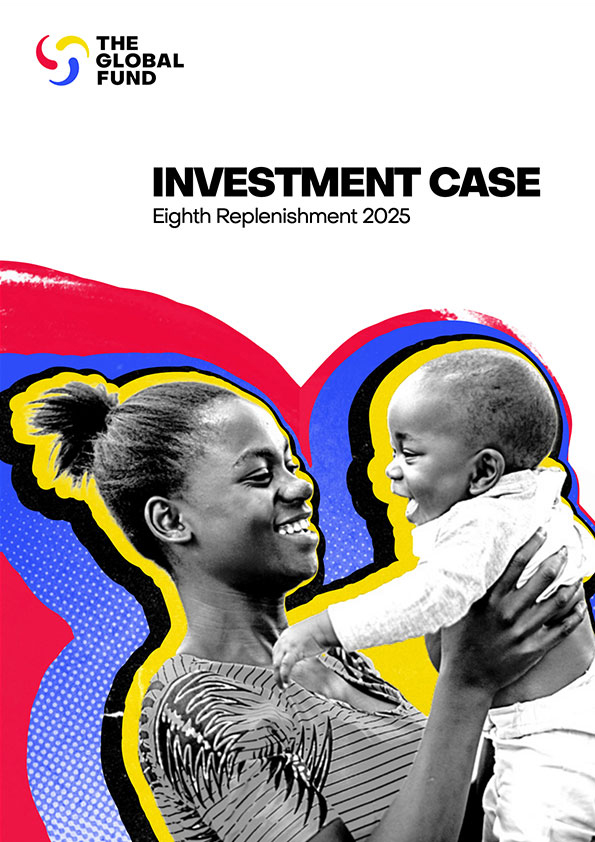GF/B28/DP05
Approved by the Board on: 15 November 2012
Evolving the Funding Model (Part Three)
Referring to its previous decision Evolving the Funding Model (GF/B27/DP7) and GF/B28/DP4, the Board decides to launch the transition to the new funding model immediately by taking the following steps:
- Transition to the Full Implementation of the New Funding Model: The Board decides to invest a portion of currently available uncommitted assets, to be determined by the Finance and Operational Performance Committee (FOPC) before the end of 2012, in a transition phase to test elements of the new funding model.
- Participation:1 The Secretariat would invite countries to participate in the Transition Phase, considering those that are:
- Significantly "underfunded" over the 2013-2014 period;
- At risk of service interruptions;
- Positioned to achieve rapid impact; and
- Diverse in areas including, but not limited to size, geography, capacity and proposal modalities (including non-CCM and regional applicants), such that lessons learned can be derived from all aspects of the funding model, including funding for underserved and most-at-risk populations (MARPs).2
The Secretariat will report quarterly to the Strategy, Investment and Impact Committee (SIIC) on the identity of countries participating in the Transition Phase. Countries, including those not invited to participate in the Transition Phase, are nonetheless encouraged to work on developing strong national strategies, reflecting full expressions of demand, and beginning Country Dialogues and iterative processes to encourage Concept Notes to be ready to allow for funding, based on the replenishment, to begin in early 2014.
- Significantly "underfunded" over the 2013-2014 period;
- Disease Split: As previously agreed by the Board (GF/B27/DP7), to apportion resources to the Country Bands for this transition period, the Board will first split the total projected resources between the three diseases based on the historical distribution of the Global Fund's portfolio: 52% for HIV, 32% for malaria, and 16% for tuberculosis.
- Allocating Funding to Eligible Countries in the Transition Phase: The Secretariat will determine an indicative funding range for each participating country based on the principles approved by the Board for indicative funding ranges in GF/B28/DP4 as adjusted by qualitative criteria and informed by the extent to which each country is "underfunded". The SIIC will assess the indicators used in the allocation formula prior to the commencement of the Transition Phase.
- Channeling Funding During the Transition Phase: The primary vehicle for investing the additional funding during the transition phase will be existing grants.
- Use of Concept Note and Incentive Funding in the Transition Phase: A subset of participating countries will receive an invitation to participate in the Concept Note process outlined in GF/B27/DP7, and as such will have an opportunity to access incentive funding in addition to the indicative range amounts per country. The incentive funding available to these countries will be limited to a ceiling established by the Secretariat at the time the transition is launched.
- Strategic Investment Frameworks, Minimum Standards and Investment Guidance: The guidance package the Secretariat will make available to Country Coordinating Mechanisms (CCMs) in the transition phase will include Strategic Investment Frameworks and Minimum Standards.
- Independent Technical Review of Funding Requests: To optimize learning, during this transition, the Secretariat and the Technical Review Panel (TRP) will jointly identify entry points for the TRP to review and provide feedback and recommendations on funding requests. As part of the transition to the full implementation of the new funding model, the composition and modalities of the TRP may change from current practice during the transition phase.
- Board Approval of Investments during the Transition Phase: During the transition phase, the Board will approve electronically the investments negotiated by the Secretariat and recommended by the TRP, on the basis of the Board's "no-objection" process for approving funding decisions for renewals and continuations of existing grants.
- Existing Policies and Procedures: The Board authorizes the Secretariat, under the oversight of the FOPC and SIIC, to make temporary exceptions to, or apply restrictions contained in, existing policies and procedures to the extent necessary to implement the transition phase of the new funding model.
- Assessing the Effectiveness of the Transition: The SIIC will have responsibility for assessing the effectiveness of the Transition, based on a monitoring and evaluation plan presented by the Secretariat, in consultation with the Technical Evaluation Reference Group. The SIIC will report to the Board regarding the effectiveness and lessons learned from the Transition.
Notes:
1) Participation in the transition phase will not preclude access to new financing when the new funding model is implemented in full.
2) For the purposes of the transition to the new funding model, "MARPs" will be defined as subpopulations, applying to HIV/AIDS, malaria and tuberculosis, within a defined and recognized epidemiological context:
2.1) That have significantly higher levels of risk, mortality and/or morbidity;
2.2) Whose access to or uptake of relevant services is significantly lower than the rest of the population; and
2.3) Who are culturally and/or politically disenfranchised and therefore face barriers to gaining access to services.
2.4) The qualitative criteria will include external financing, "willingness to pay", absorptive capacity, performance of current and previous Global Fund grants and risk.
